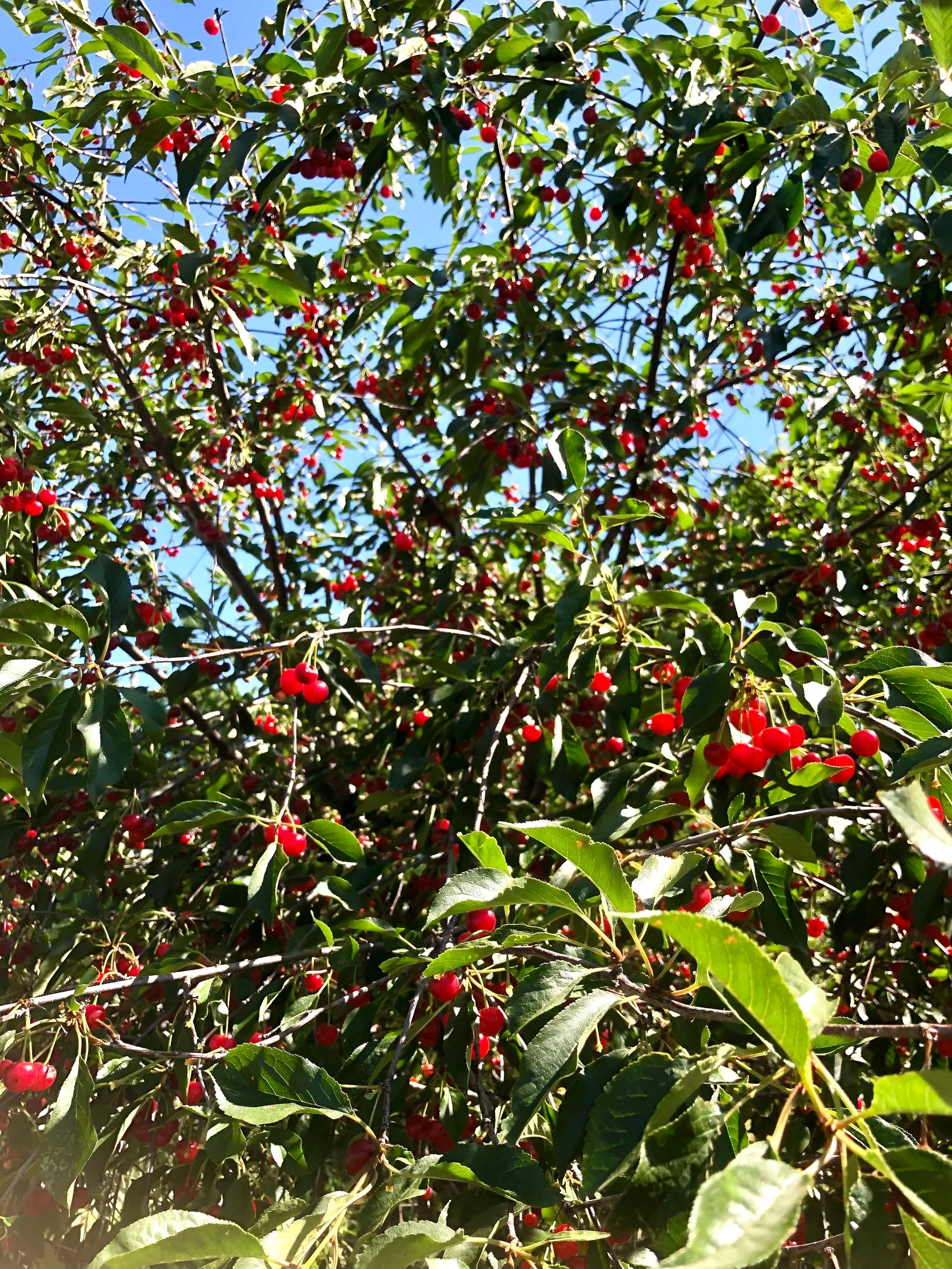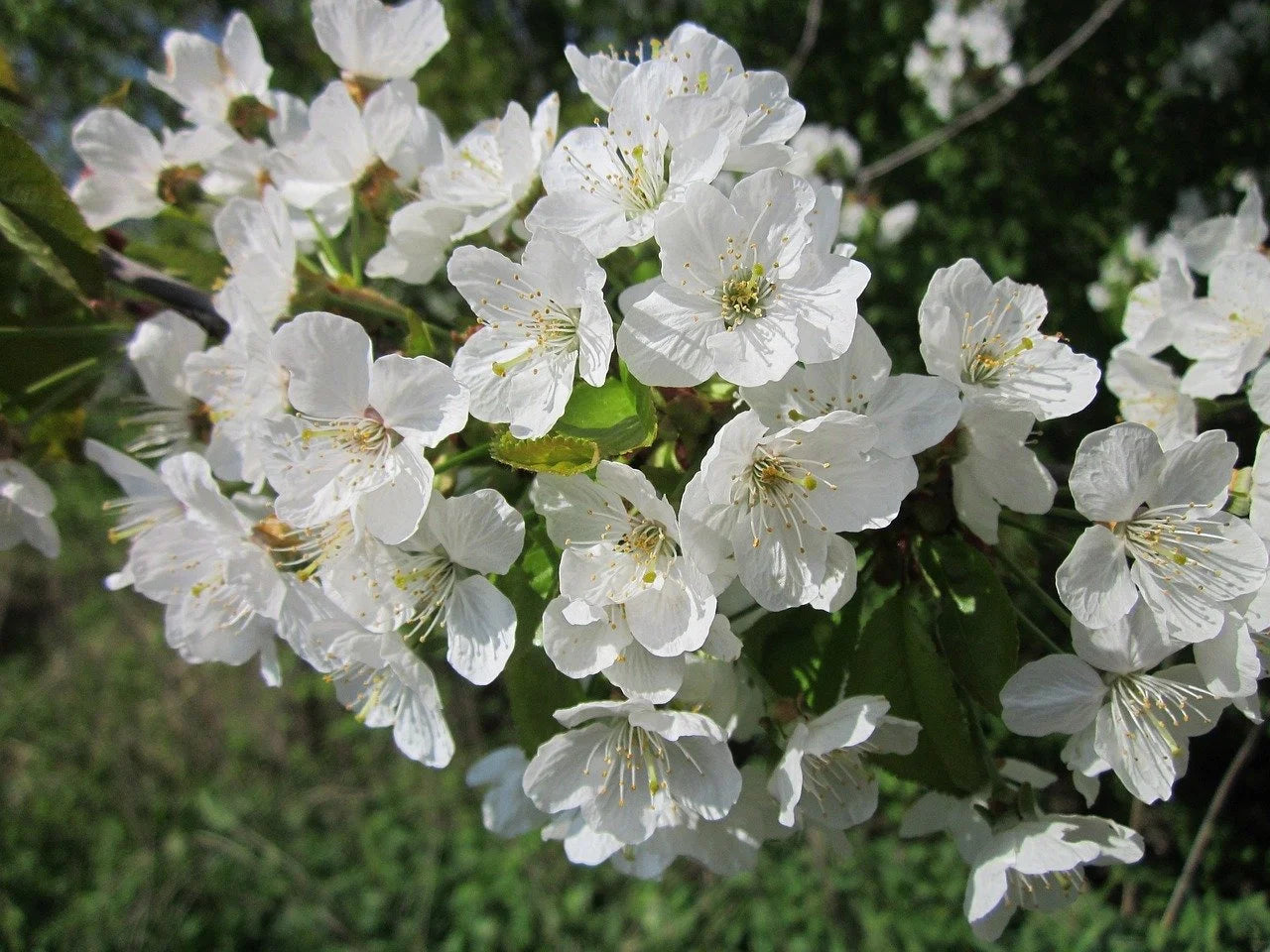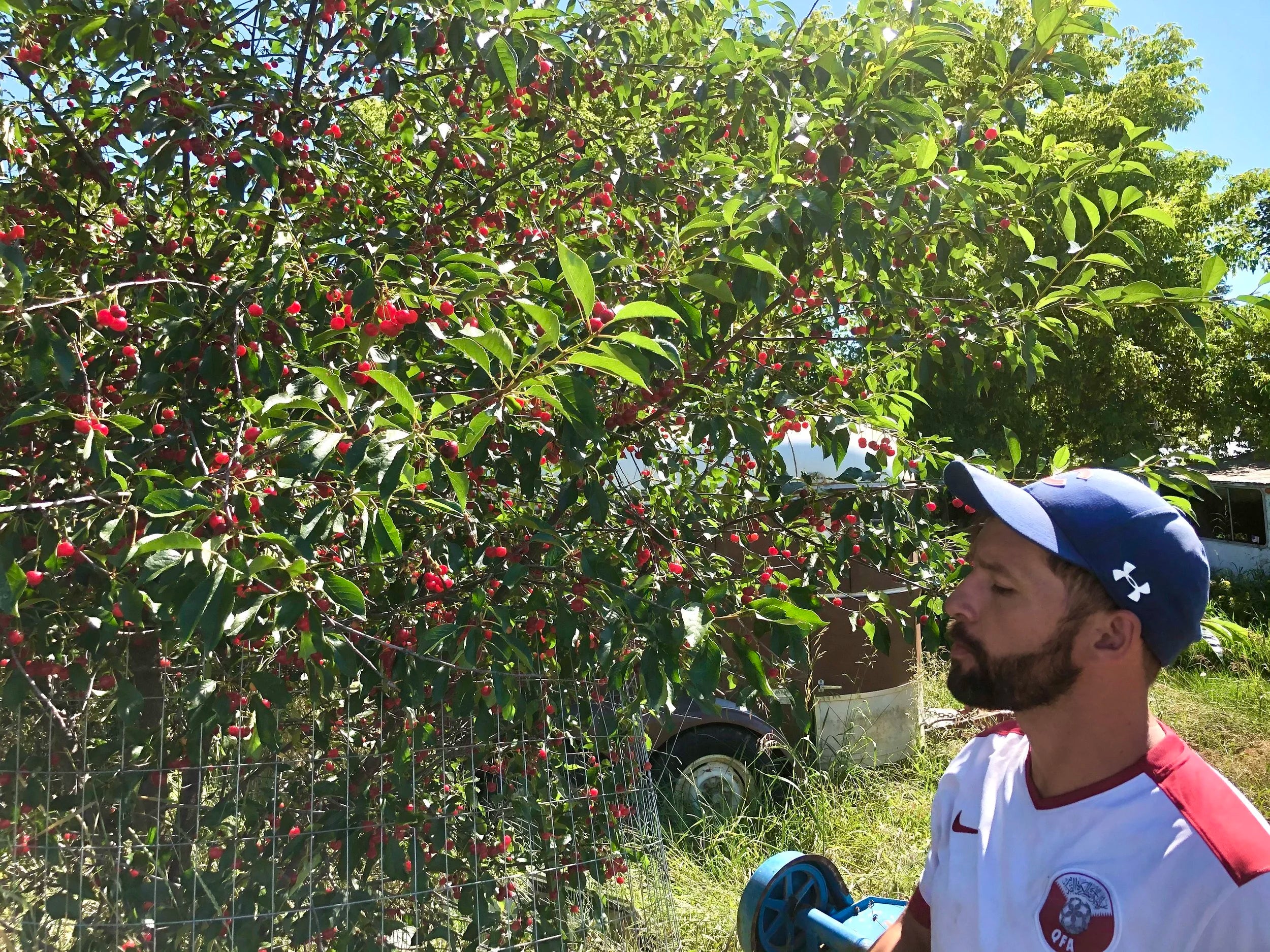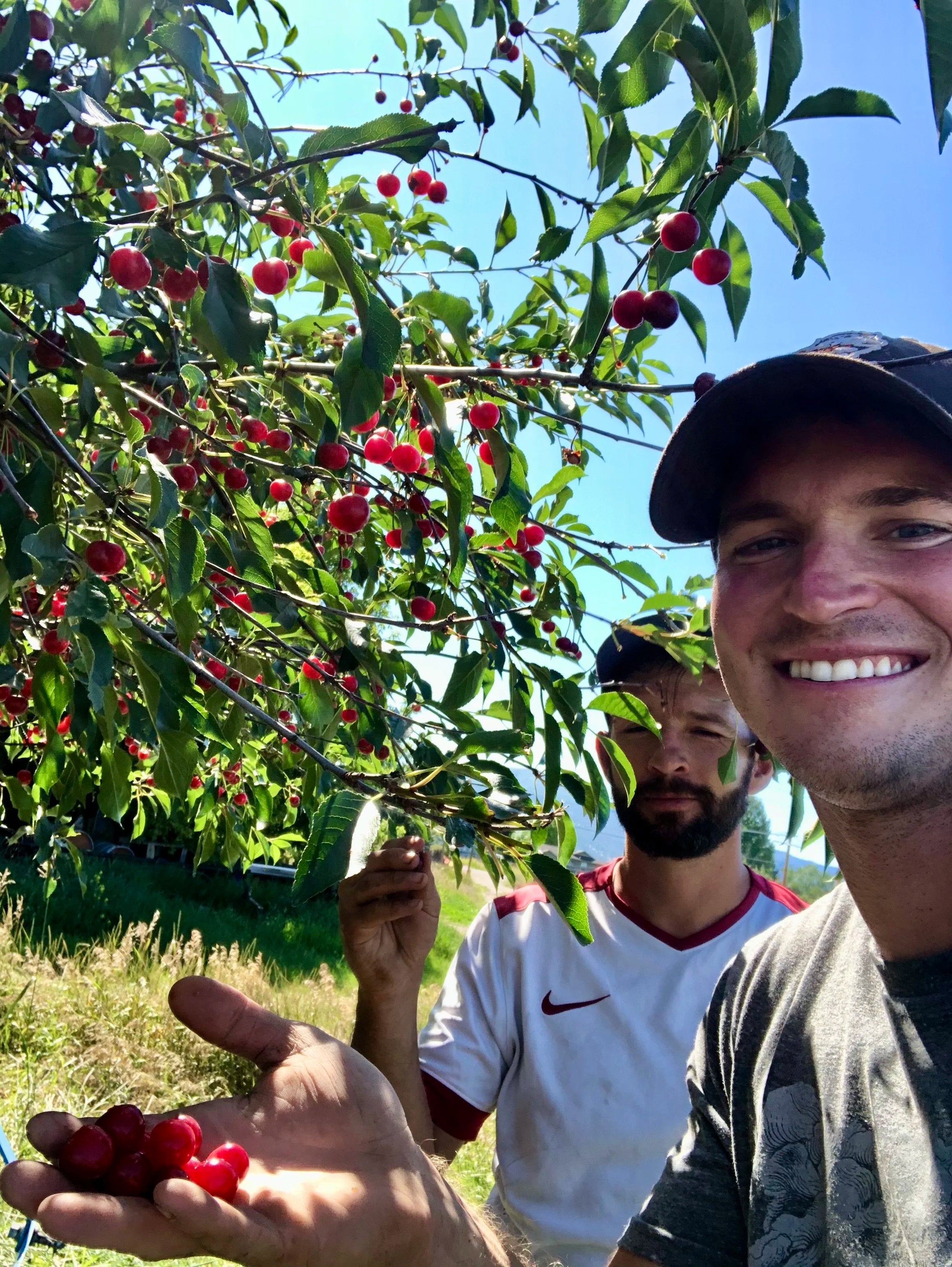

Montmorency Tart Cherry
Reliable shipping
Flexible returns
Overview
One of the most famous tart cherries and most widely grown in the US, Montmorency is thought to have originated in the Montmorency Valley just north of Paris, where it was named after a noble family that had grown it since the 13th century. French settlers moving up the St. Lawrence River Valley toward the Great Lakes brought it to the New World around 1760, or perhaps earlier.
Although the literature on Montmorency does not indicate why Montmorency was imported from Europe over other cultivars, we suspect it was because of its cold hardiness. Given how much more temperate Europe is generally speaking than Canada, around the Great Lakes, and other northern areas where Montmorency was first grown, it is likely that many of the other tart cherry cultivars did not survive harsher winters. Meanwhile, we have seen Montmorency growing in cuspy zone 3/4 areas. Still not as hardy as meteor, and certainly not as hardy as Evan's Bali or the dwarf cherries, though, for Montana.
Flavor and Use
The Montmorency fruit sweetens as it ripens, but remains fairly tart for most people to eat out of hand. However, its flavor and tartness makes for spectacular dried cherries. Plant in conjunction with Danube, which is less tart (albeit still a tart cherry), and complements the Montmorency in terms of uses. Hardy to zone 3/4, or roughly -35F (possibly -40F in protected sites).


